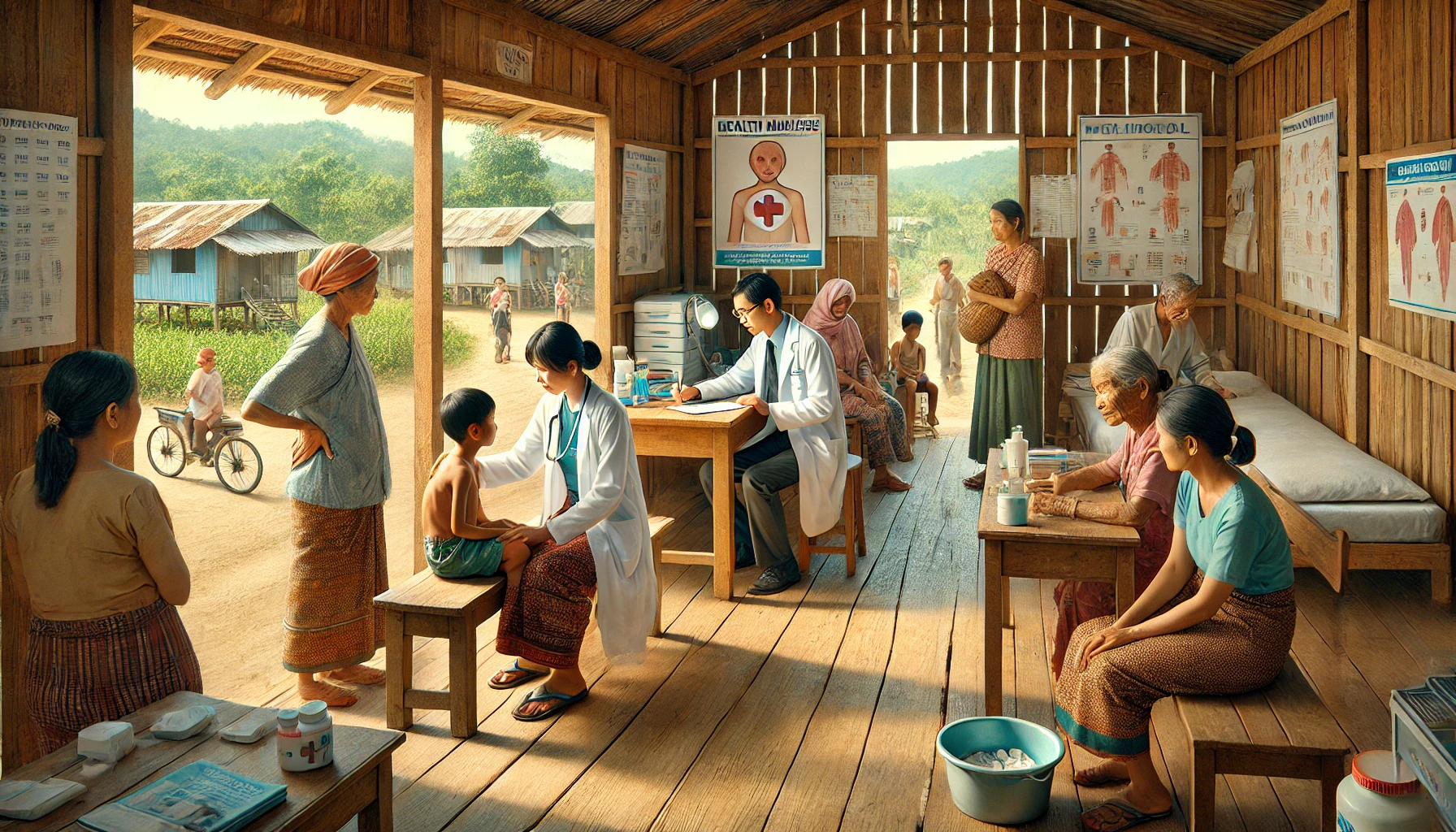
Universal Health Coverage in Asia-Pacific: Bridging the Gap in Access and Affordability
Resilience APAC Asia Pasific HUB – Universal health coverage (UHC) is a key global health goal. It ensures that everyone, regardless of income or location, can access essential healthcare services without financial strain. In Asia-Pacific, where economies and healthcare systems vary widely, UHC is both a critical need and a complex challenge.
Achieving UHC in this diverse region requires addressing gaps in access and affordability. Particularly, rural and underserved populations face barriers that prevent equitable healthcare. Nevertheless, collaborative efforts and innovative strategies are paving the way for a more inclusive healthcare system.
Universal health coverage aims to provide healthcare for all without causing financial hardship. It focuses on two main goals:
In Asia-Pacific, UHC is especially important due to growing populations and aging demographics. However, disparities between rural and urban areas further complicate its implementation.
READ MORE : Inclusive Playgrounds: Fun for Kids of All Abilities
Despite ongoing efforts, several challenges hinder progress toward UHC in the region:
These barriers highlight the urgent need for innovative solutions to achieve universal health coverage.
Governments and organizations in Asia-Pacific are implementing practical solutions to address these barriers. Some of the key strategies include:
These efforts are already showing promising results in several countries.
Some countries in the region have demonstrated significant progress toward UHC:
These examples underscore how thoughtful policies and investments can make UHC achievable.
Regional collaboration plays a critical role in supporting UHC across Asia-Pacific. Organizations like the World Health Organization and ASEAN facilitate:
This collective effort strengthens the region’s ability to build resilient healthcare systems.
Universal health coverage is essential for reducing inequality, fostering well-being, and driving economic growth. For Asia-Pacific, bridging gaps in access and affordability is vital to creating a resilient healthcare system.
With innovation, collaboration, and commitment, the region can overcome its challenges. By doing so, Asia-Pacific will not only achieve UHC but also set an inspiring example for the world.
Resilience APAC: Asia-Pacific Hub for Reform - Plant managers are turning to 72 hour industrial preparedness plans to protect workers…
Resilience APAC: Asia-Pacific Hub for Reform - Manufacturers worldwide are adopting circular economy in industry to cut waste, reduce costs,…
Resilience APAC: Asia-Pacific Hub for Reform - Industrial companies now measure how extreme weather, regulation, and shifting markets shape the…
Resilience APAC: Asia-Pacific Hub for Reform - Governments and companies increasingly rely on climate adaptation partnerships APAC to fund resilient…
Resilience APAC: Asia-Pacific Hub for Reform - Rising losses from extreme weather are forcing companies to prioritize climate adaptation for…
Resilience APAC: Asia-Pacific Hub for Reform reports the growing shift toward value-based care industry impact as healthcare systems move from…